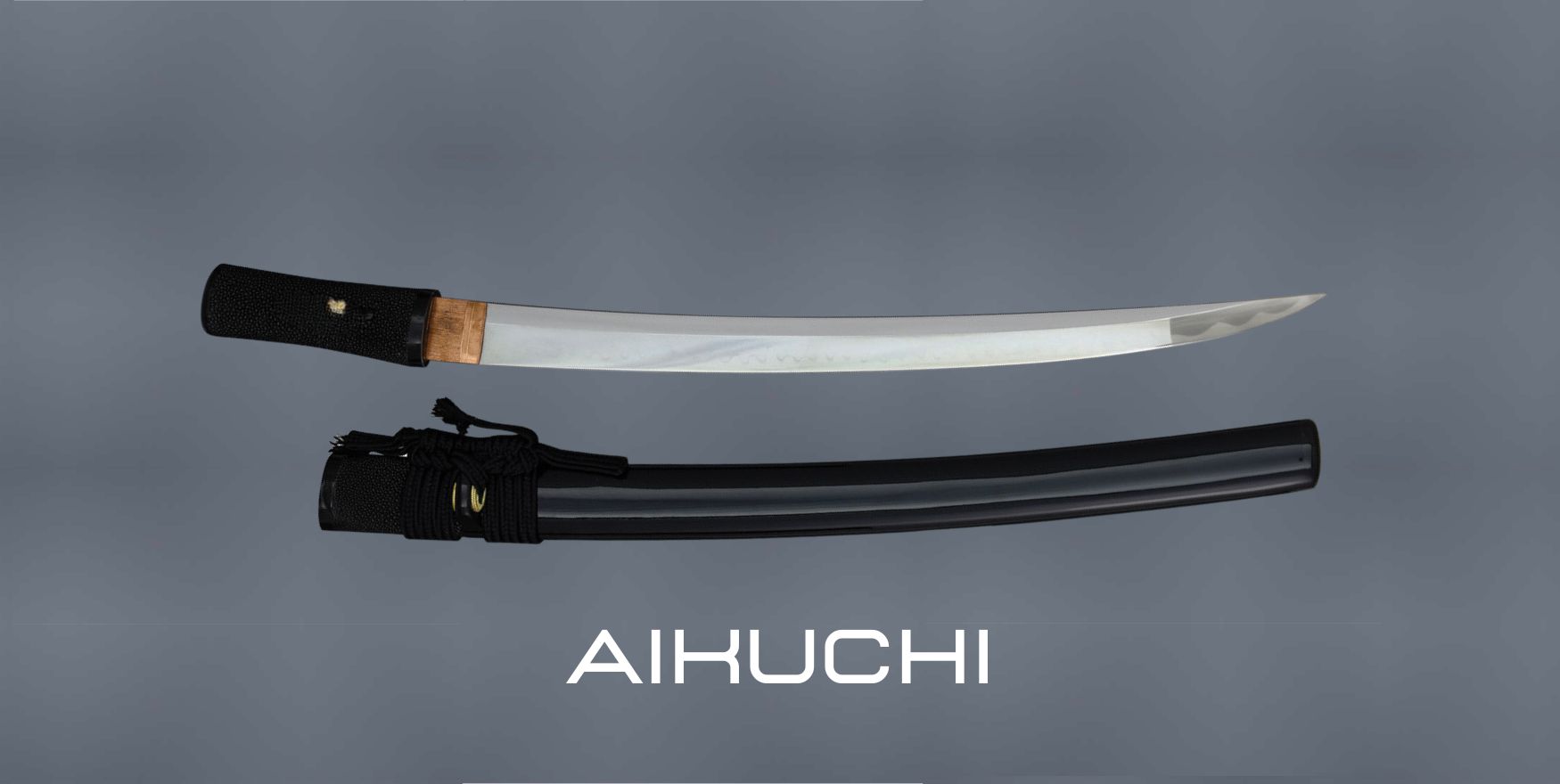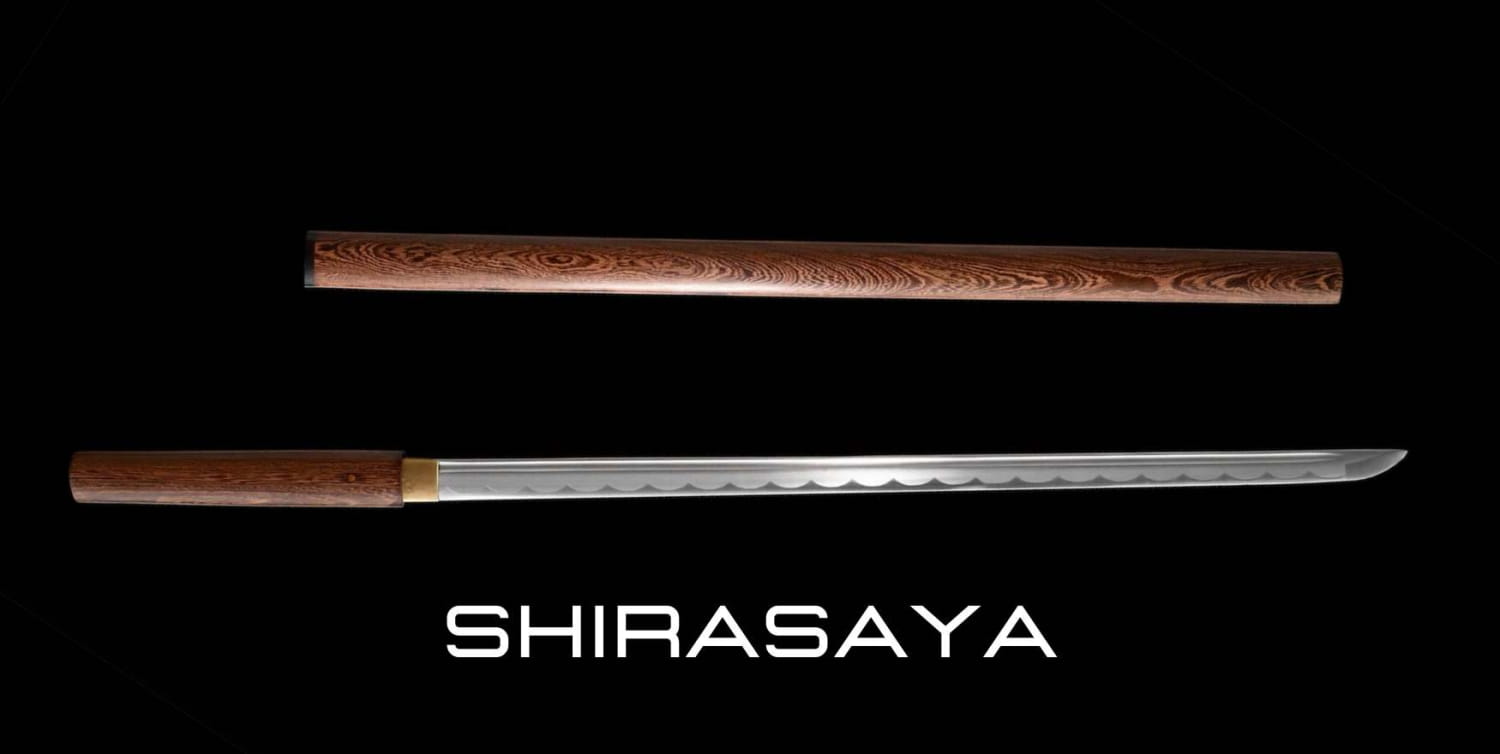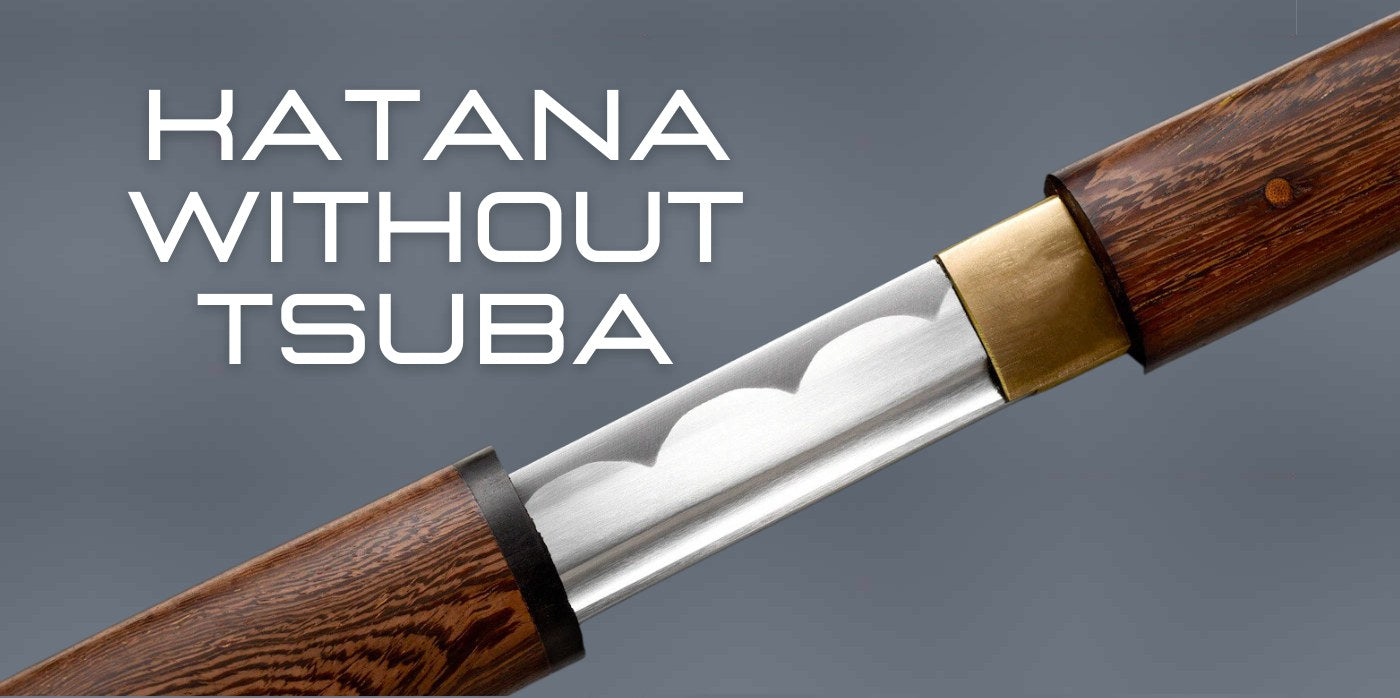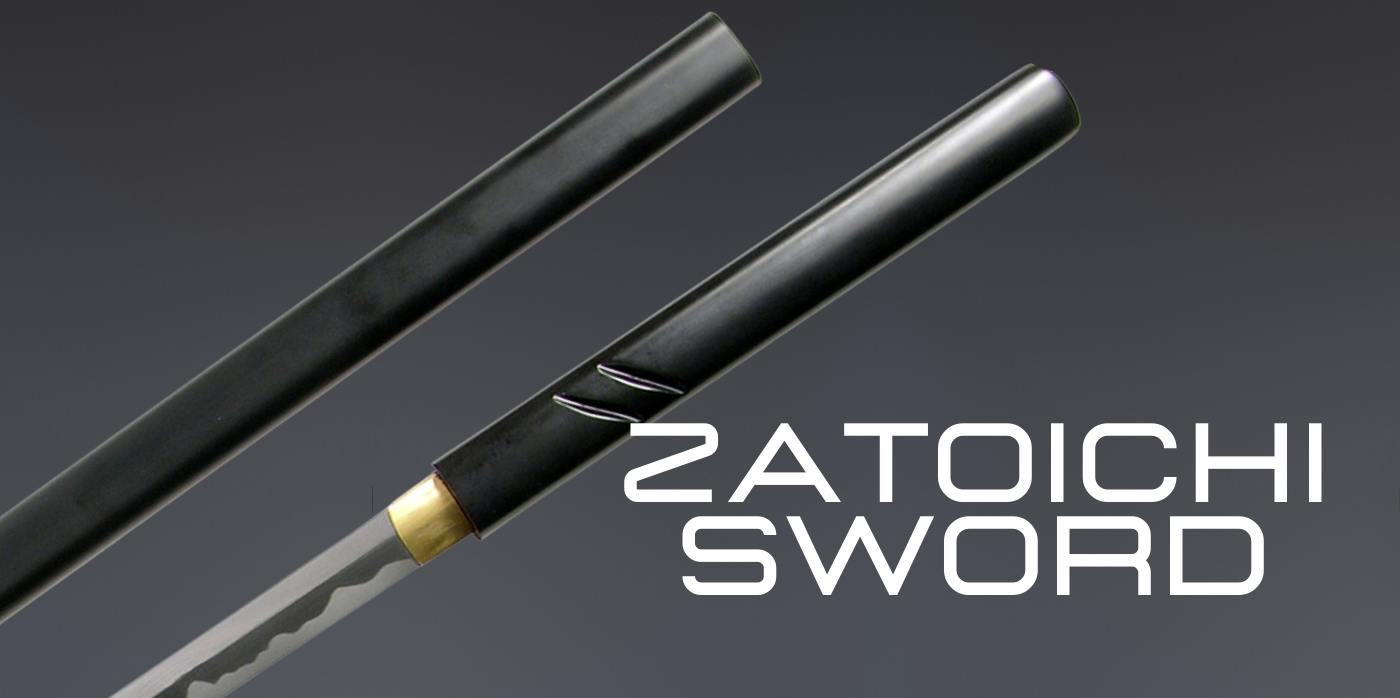What is a Katana Without a Tsuba Called
A katana without a tsuba is not a standard design and is relatively rare. This type of katana is often referred to as an Aikuchi. The Aikuchi style is characterized by its sleek, handguard-less design, which offers a different aesthetic and functional experience compared to traditional katanas. It's important for enthusiasts and collectors to understand the uniqueness of Aikuchi katanas.
A katana without a tsuba boasts a sleeker, more streamlined appearance, which may be appealing for ceremonial functions or when simplicity and ease of transport or concealment are priorities. However, the tsuba is essential for user safety, as it prevents the hand from accidentally sliding onto the blade during thrusts and provides a defense against an opponent's blade in combat situations. Thus, without a tsuba, a katana might be less effective and secure for use in combat environments.

The Role of the Tsuba: More Than Just Protection
This guard is not just a decorative element; it serves as a barrier to protect the hands from sliding onto the blade during combat. The tsuba's absence in a shirasaya design leads us to a deeper understanding of this katana's purpose.
Advantage of a katana without a guard
Opting for a katana without a tsuba presents a unique blend of pros and cons. One advantage is their typically sleeker and more streamlined form, which can facilitate easier handling and storage. This minimalist aesthetic appeals to collectors and practitioners who appreciate simplicity and elegance in their swords. Additionally, the absence of a tsuba can sometimes reduce the overall weight of the sword, allowing for quicker, more agile movements during practice or demonstrations.
Disadvantage of a katana without a guard
However, the lack of a tsuba also presents notable drawbacks. The primary disadvantage is the reduced safety; without a tsuba, the user's hands are more vulnerable to sliding onto the blade during practice or actual use, increasing the risk of injury. This makes katanas without tsuba less suitable for martial arts training, especially for beginners. Furthermore, the absence of a tsuba means losing a significant element of traditional Japanese sword artistry, as tsubas are often intricately designed and hold cultural and historical significance.

Other katana without guard
Beyond the Aikuchi, there are other less common types of katanas that come without a tsuba.
The shirasaya, often mistaken for a mere wooden stick, stands out in the world of Japanese swords. This unique style of katana is crafted without a tsuba or traditional ornate mountings known as koshirae. Its simplistic appearance belies the deadly blade that resides within the wooden sheath, making it a katana in its most stripped-down form.

Another variant is the Chokutō, an earlier style of single-edged sword without a tsuba, which predates the development of the curved katana. These swords, often seen in historical collections, reflect the evolution of Japanese sword-making and offer a glimpse into the martial culture of ancient Japan. Collectors and martial arts enthusiasts seeking a unique piece often turn to these rarer types of katanas without tsuba for their simplicity, historical significance, and distinct beauty. Each of these unconventional styles contributes significantly to the diverse and intricate history of Japanese sword craftsmanship, representing distinct chapters in the evolution of samurai weaponry.
In deciding to acquire a katana, be it a traditional model featuring a tsuba or an Aikuchi variant, recognizing and aligning with your personal needs and preferences is crucial. Factors such as the purpose of the sword (collecting, practicing martial arts, or decorative purposes) should be considered.





